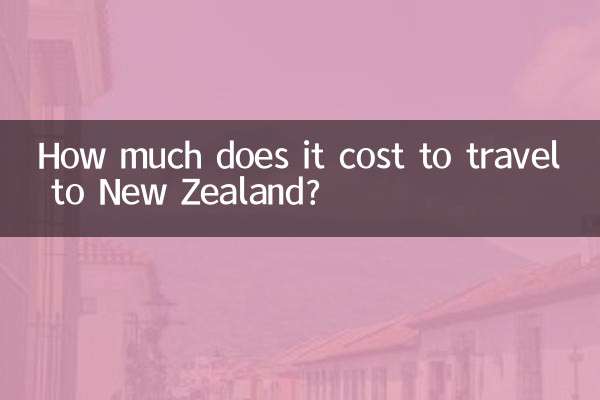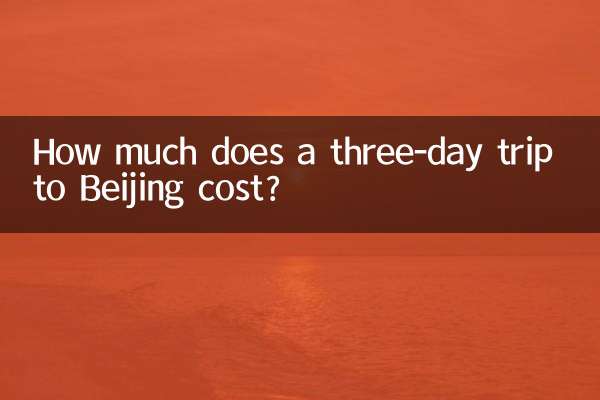How much does a taxi cost per kilometer? List of taxi pricing standards in major cities across the country
Recently, taxi price adjustments have become a hot topic in many places. As oil prices fluctuate and operating costs change, many cities have begun to re-examine taxi charging standards. This article will sort out the hotly discussed taxi price topics across the Internet and provide you with the latest pricing data in major cities across the country.
1. Recent taxi price adjustment hot spots

1. Beijing plans to adjust the taxi price structure, focusing on differentiated charges during peak hours.
2. The promotion of new energy taxis in Shanghai has led to changes in pricing methods
3. Shenzhen’s pilot “dynamic pricing” model sparked heated discussions
4. In some third- and fourth-tier cities, taxi drivers spontaneously adjust their prices.
2. Taxi pricing standards in major cities across the country (latest in 2023)
| city | Starting price | Daytime unit price (yuan/km) | Night unit price (yuan/km) | fuel surcharge |
|---|---|---|---|---|
| Beijing | 13 yuan/3 kilometers | 2.3 | 2.9 | None |
| Shanghai | 14 yuan/3 kilometers | 2.5 | 3.1 | 1 yuan |
| Guangzhou | 12 yuan/3 kilometers | 2.6 | 3.2 | None |
| Shenzhen | 10 yuan/2 kilometers | 2.7 | 3.3 | None |
| Chengdu | 8 yuan/2 kilometers | 1.9 | 2.3 | None |
| Hangzhou | 11 yuan/3 kilometers | 2.5 | 3.0 | None |
| Wuhan | 10 yuan/3 kilometers | 1.8 | 2.2 | None |
| Xi'an | 8.5 yuan/3 kilometers | 2.0 | 2.4 | None |
3. Key factors affecting taxi prices
1.Fuel cost:Fluctuations in oil prices directly affect operating costs, and some cities have a fuel surcharge mechanism.
2.Vehicle type:There is a significant difference in operating costs between new energy vehicles and traditional fuel vehicles
3.City size:First-tier cities are generally higher than second-tier and third-tier cities
4.Time difference:Nighttime service charges are usually 20-30% higher than during the day
5.Waiting fee:Most cities set timed tolls when driving at low speeds
4. Five major issues that consumers are concerned about
1. Why are prices so different in different cities?
2. What is the price of online car-hailing and traditional taxis?
3. Is there any private price increase during holidays?
4. How to calculate the return empty fare for long-distance travel?
5. Should new energy taxis be cheaper?
5. Expert advice: How to reasonably control taxi fares
1. Try to avoid driving during morning and evening peak hours
2. It is recommended to choose shared bicycles for short distances within 3 kilometers.
3. When traveling with multiple people, give priority to taxis rather than online ride-hailing services
4. Understand the special charging regulations in your city
5. Take the initiative to ask for invoices to protect your rights
6. Forecast of future trends
1. More cities may implement time-of-use pricing
2. The proportion of new energy taxis will further increase
3. The dynamic price adjustment mechanism may be gradually promoted
4. Attempts to link service quality with price
5. Taxi and online ride-hailing price systems may converge
To sum up, the price per kilometer of a taxi is affected by multiple factors. Consumers can avoid disputes and make more economical choices by understanding the local pricing standards before traveling. It is recommended that all localities further improve the price disclosure system to make pricing more transparent.

check the details

check the details